Noodles 101, Part 2-To slurp or not to slurp
Courtesy of Yujo Yatai Lab
Part 1 taught us why we should be eating fresh noodles and how we should eat them. Read that first HERE if you haven’t before going on to Part 2; which is what you should order and what exactly is in your order.
Your menu at Yatai lab will have these;
-Shio ramen
-Shoyu ramen
-Miso ramen
-Tantanmen
But what are they exactly? The basic DNA of a noodles dish is, the soup, broth, noodles and the toppings.
The soup
Shio translates to salt (in Japanese), and it means that the “Tare” or soup base (Pronounced Tah-Ray) contains some Salt in addition to its concentration of Japanese seasonings.
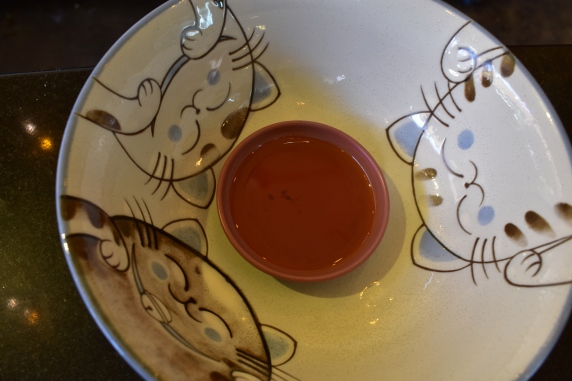
Shoyu means soy sauce, and it contains a Tare that has soy sauce instead of salt.
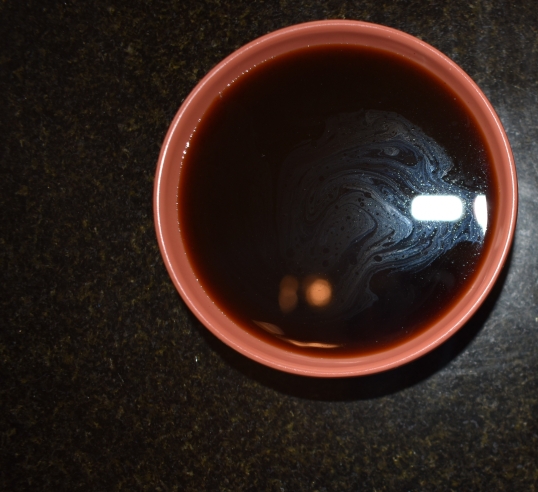
Miso is a type of vegetarian fermented soy bean paste, and is added into the base of Miso Ramen to create a thicker and more hearty bowl of soup.
Tantanmen includes, in addition to a little miso, flavorful and medium spice level Sichuan peppers, sesame paste, something to sweeten it ever so slightly, and some soy milk to combat the chilli and give some creaminess.

H: All four soup bases or “Tare” described above are placed at the bottom of the bowl, and then topped up with a generous amount of our home made “broth.” We make this by boiling and then simmering for many hours the freshest selection of local veggies and roots that we can find.
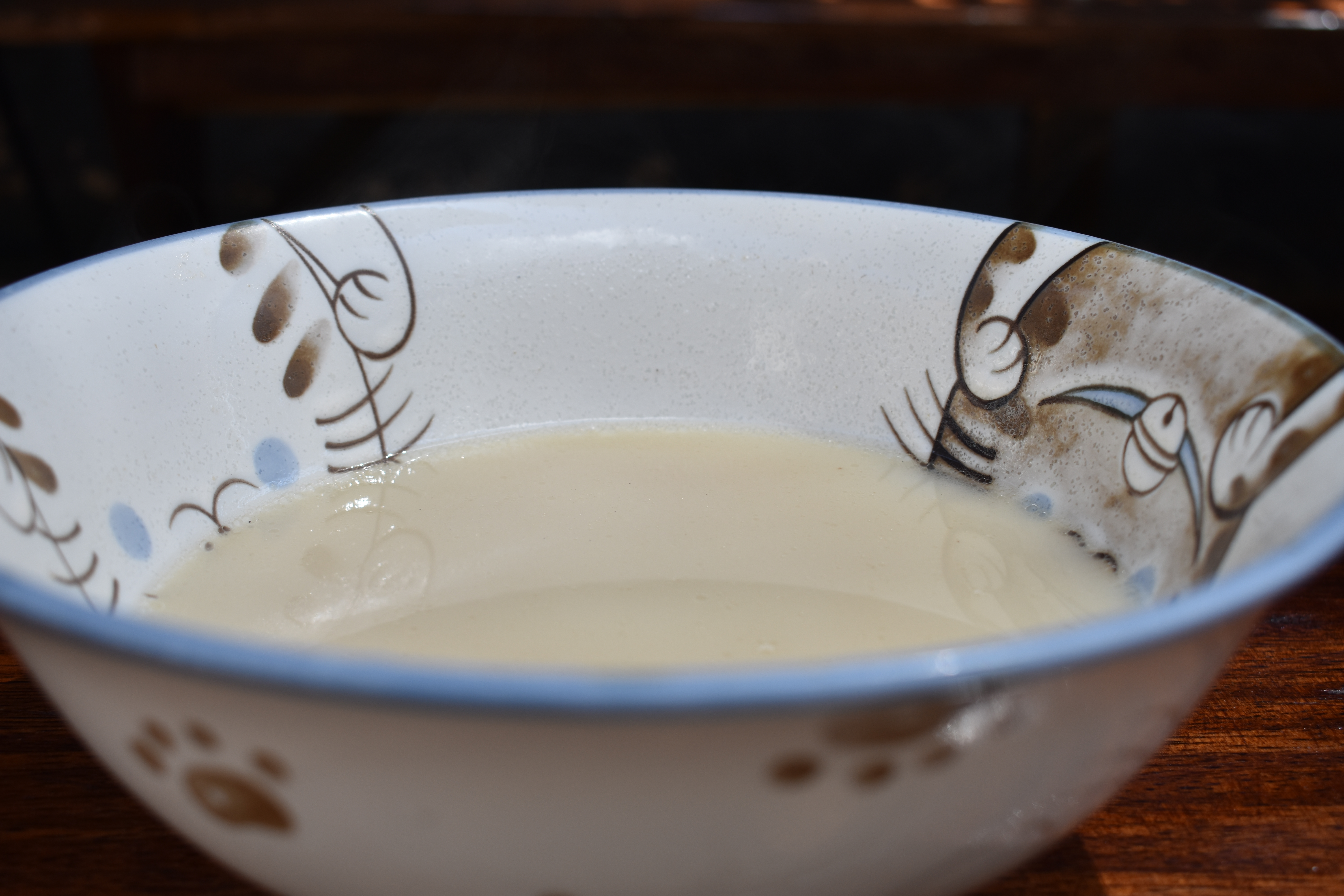
Soy added to make Shoyu
THE TOPPINGS
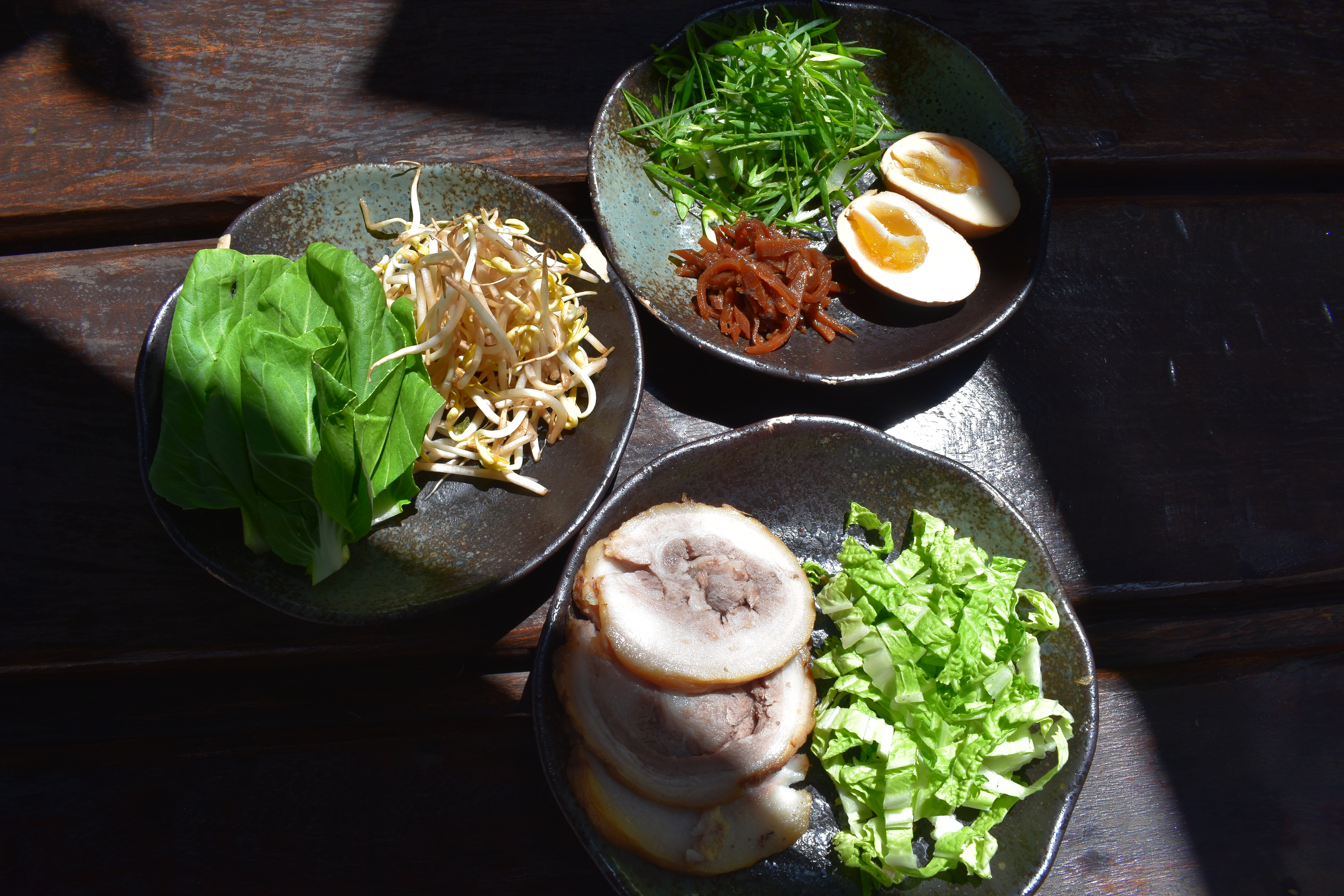
Each have their own story, 3 of which also take from several hours up to 3 days to prepare. These special 3 include;
- Ajitsuke Tamago/Ajitama (Soft boiled and 3-day marinated organic egg)
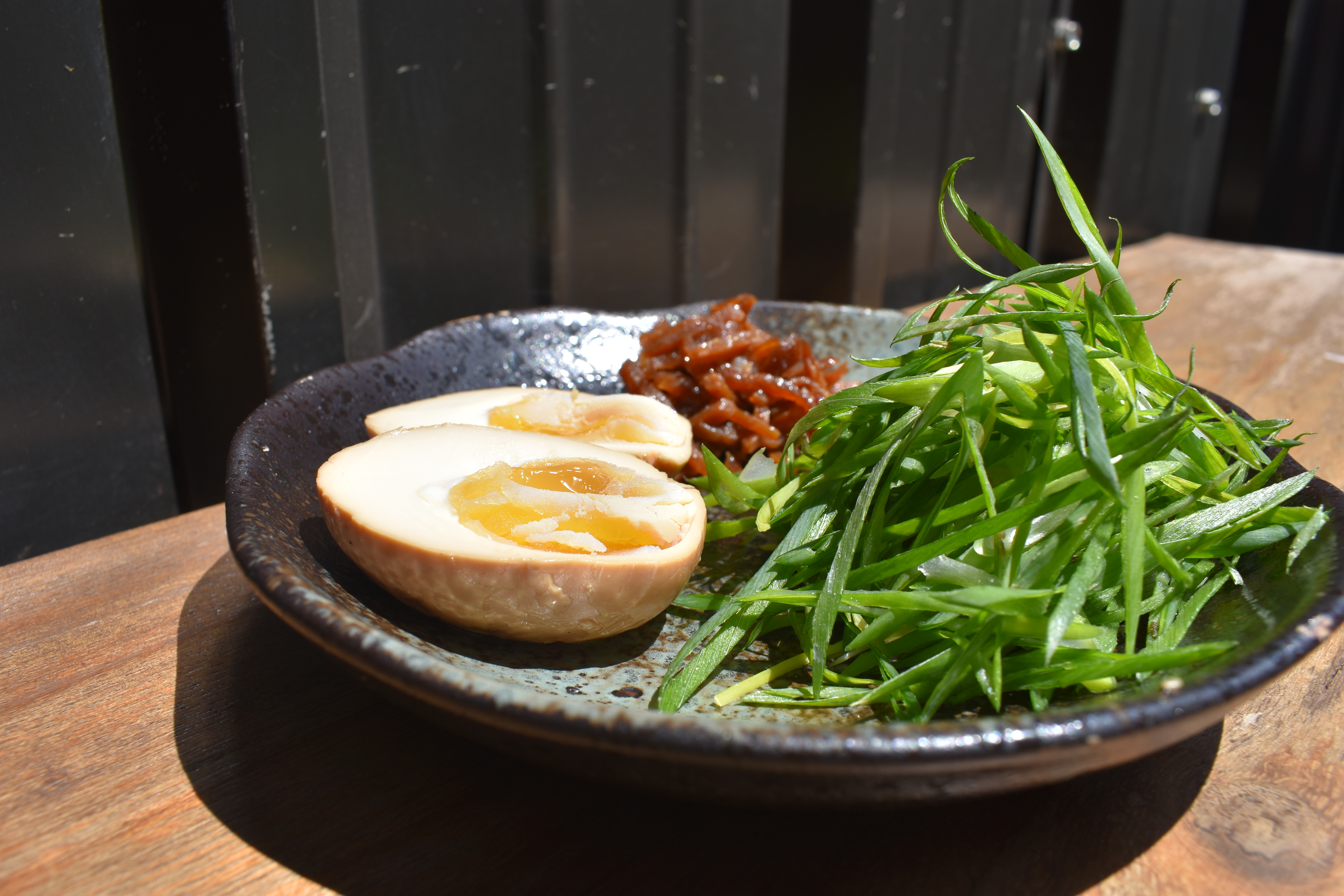
2. Charsiu Pork (Slow cooked for a few hours for softness then grilled for smokiness)
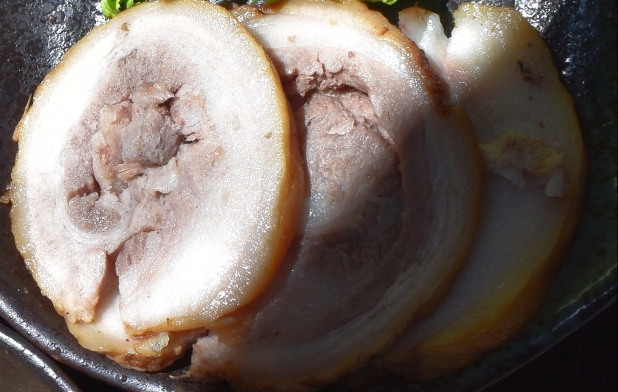
3. Menma (Parboiled and double cooked Bamboo shoot simmered in a light soy based mixture.
Other types of noodles you can tell us about?
H: There is a famous Japanese broth called Tonkotsu which is made from a Pork based broth and cooked for a very long time. It cooks so long that the ingredients break down and the soup becomes creamy. This is for the meat lovers and not for the lighthearted! Our new friends at iRamen in “The Square” are sampling this out and you should also taste it (Once you have tasted ours, of course!)
We plan to launch “Curry Ramen” soon. It has a distinctive flavor from Indian curries, and was adapted from the time when there was a sizeable Indian population working in Japan back in the day. It’s thicker than the miso ramen and has a rich aroma too!
Ramen is “Japanese Soul Food” and is great for friends and family at the table!
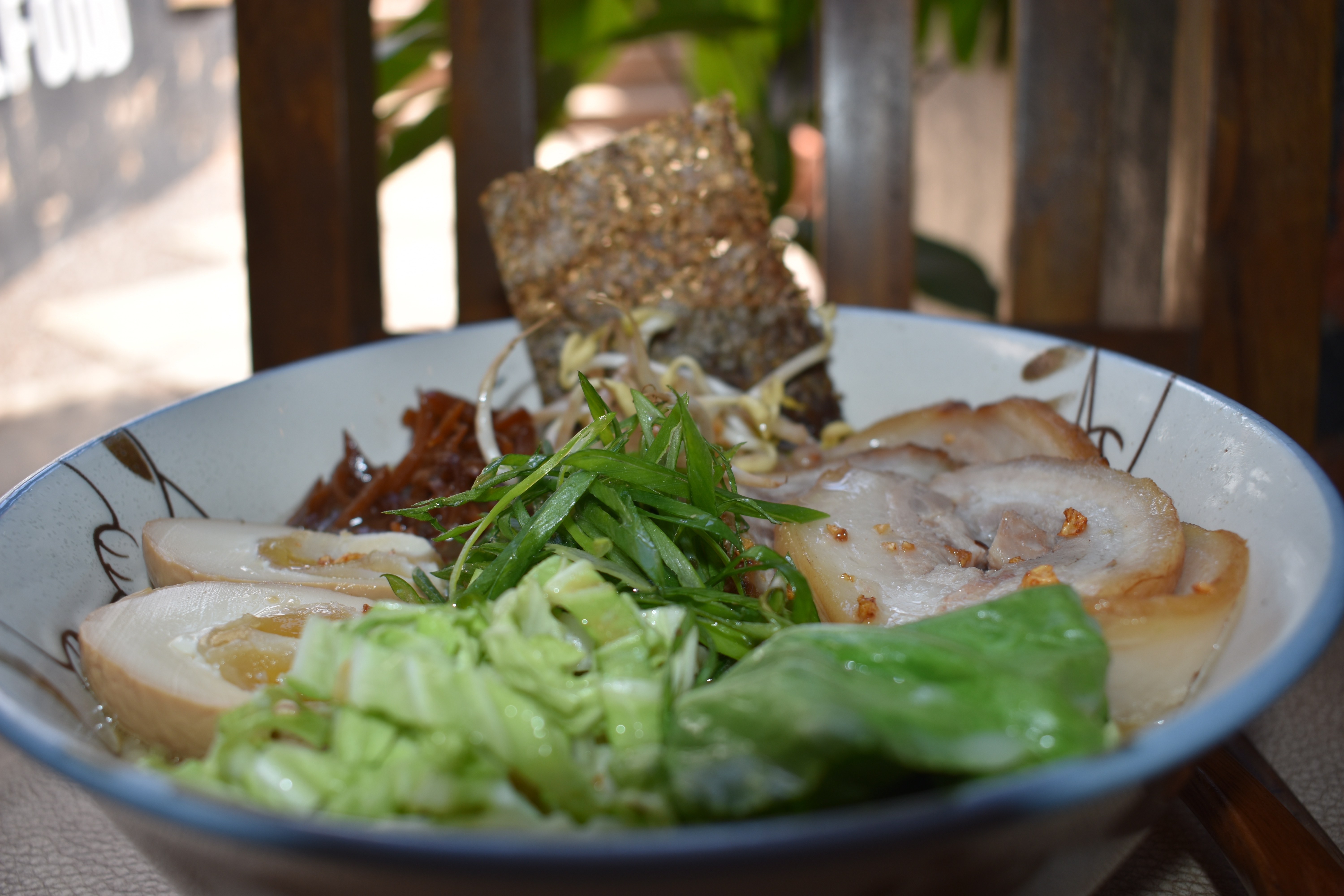
Are there any table manners you must observe?
H: You can grab the bowl and drink the soup like from a cup. This is the ultimate satisfaction for our team and especially our chef. When you have finished eating the noodles and toppings, feel free to pick up the bowl straight to your mouth. When the Ramen bowl comes back to our kitchen empty like this, we say, “Look, they cleaned the bowl!” It’s an honor for any chef to see this.
Yes slurping and making noises is fine with Ramen, in fact, it is considered a sign of appreciation. Maybe it tastes so good when it’s hot and fresh that you forget your manners…You can make noise while you eat, make a mess, we don’t mind, that’s our style! Good quality Ramen is gaining traction all over the world because of its happy go lucky personality.
Now that you are armed to order with confidence, pass by Yatai lab, noodle meals go for 25k.
Let us know in the comments how it goes.
Any more questions? Drop us an email or a comment and we’ll get them answered ASAP.
And because it’s still the holiday season, you deserve some photos. More photos